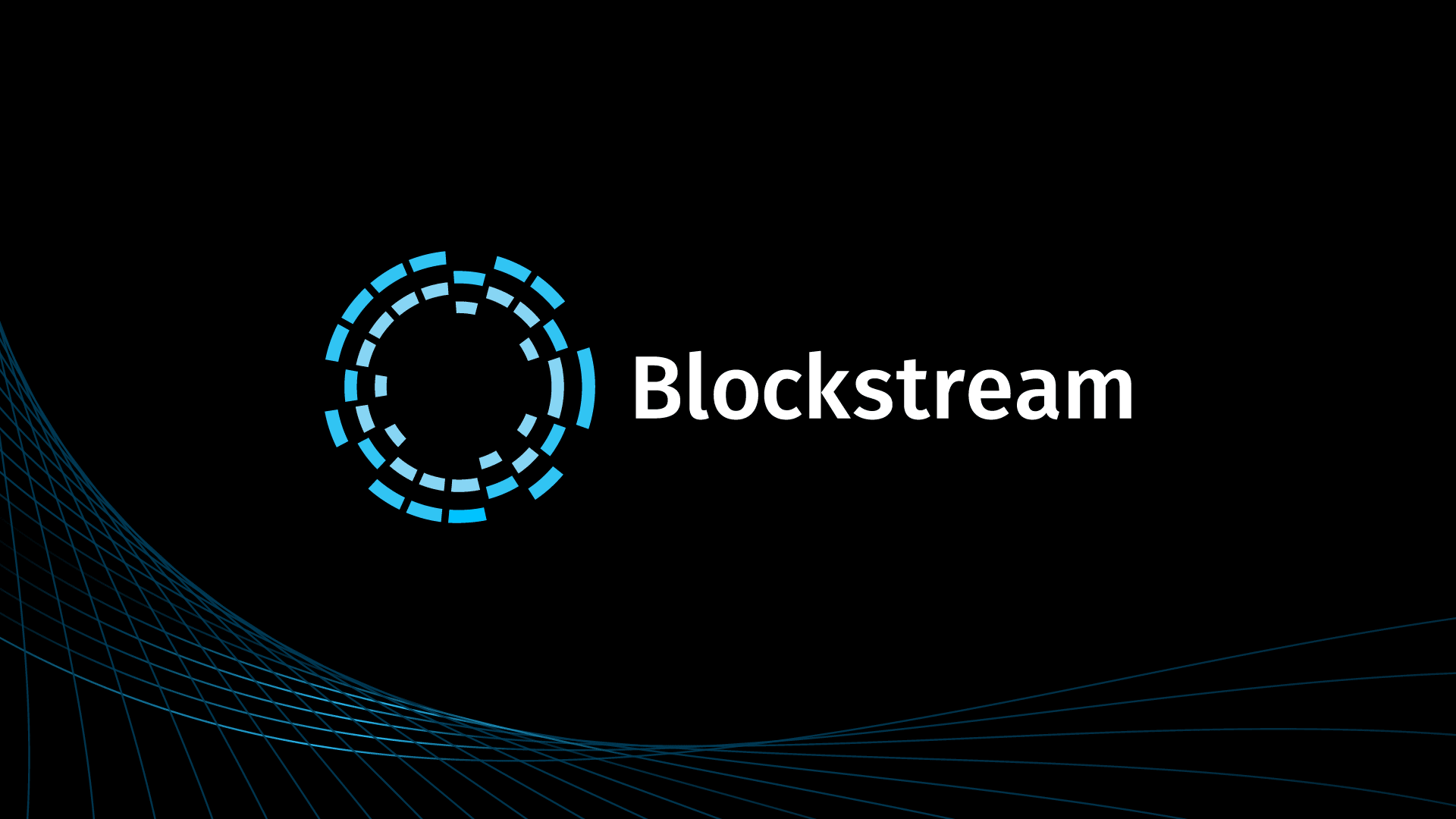Since releasing our paper, “Enabling Blockchain Innovations with Pegged Sidechains,” we’ve been pleased with the overwhelmingly positive response from the Bitcoin community and also the enthusiasm for the kind of innovation sidechains can enable.
We received close to 10,000 downloads of the paper, saw a number of excellent blog posts and critiques on sidechains, and over 3,000 people logged in for a Reddit AMA with us to discuss the paper and Blockstream.
However, we noticed a handful of comments that reflected some misconceptions and a few concerns regarding our integration into the Bitcoin ecosystem that we thought it would be helpful for us to address now, while the discussion is still ongoing. I’ve pulled them together into six questions and worked with the other authors to provide responses.
What can (and what can’t) a two-way pegged sidechain accomplish?
A sidechain is a general term for a chain that “validates data from other blockchains.” In this context, most blockchains with a reasonably expressive scripting system could easily be sidechains. That said, adding a two-way peg system is the focus of our whitepaper and is what sets up new possibilities for sidechains.
Generally, the two-way peg mechanism allows for: taking bitcoins (or other assets) and moving them onto a different blockchain, using them within the context of whatever the new blockchain allows, and then moving them back.
You’ll note that “whatever the new blockchain allows” is incredibly broad, but so are the limits of what you can do with a pegged sidechain. While the most immediate application of this process is the ability to experiment with new scripting systems and transaction formats, we’re excited to see what kinds of clever ideas the community comes up with. We explore further applications of sidechains in section 5 of the paper. Whether for script extensions allowing stronger privacy, more efficient asset issuance, or more general smart contracts, two-way pegged sidechains allow innovation with Bitcoin directly.
Should there be concerns surrounding merged-mining security?
There has been a lot of discussion surrounding the security of sidechain mining power, especially the security of merged-mining, where there is often little incentive for miners to behave honestly.
Pegged sidechains are orthogonal to merged-mining and each sidechain may choose to be either merged-mined or have its own, separate, mining power. However, in a world where many sidechains might have less mining incentive than other merged-mined chains today, resisting hashpower attacks potentially becomes much more difficult.
Section 6.1 of the paper covers some of the ways in which a sidechain can defend against hashpower attacks by providing miner incentives or limiting the ability of hashpower attackers to steal coins. While we don’t have a silver bullet, any sidechain which is mined with sufficient and decentralized hashpower can be as secure against hashpower-attackers as Bitcoin, and we believe there is ample room for miner incentives to provide that.
Will the sidechain technology make Bitcoin centralization more likely?
Because there’s potential for fees and other miner incentives to be split across sidechains, our paper dedicates a section to discussing the possible increase in cost to mine profitably, potentially acting as a centralizing pressure in Bitcoin mining. However, in section 4.3, the paper describes the ability of a miner to: dynamically enable and disable mining on individual sidechains as they validate blocks, mine transactions validated by a third party (similar to the way pools work today), and partially validate a third-party-provided consensus.
With only such basic practices, we believe there’s ample room for miners to receive maximum income with only very slight increases in centralization, keeping both Bitcoin and sidechains sufficiently decentralized and secure.
How do sidechains differ from treechains?
While we noticed many in the community comparing treechains with sidechains as potential competition, the two ideas are largely unrelated. While treechains is a proposal to further the scaling of blockchain-based systems, the two-way peg is a mechanism for moving assets across blockchains without a trusted party, furthering the extensibility of the entire system. In fact, in order for treechains to be made accessible to Bitcoin users, they would likely need to be implemented in a two-way pegged sidechain!
Do you really think you can get a soft-forking change into Bitcoin for this?
Getting a soft-forking change into Bitcoin always requires agreement from a very significant portion of the Bitcoin community, and we’re under no illusion that we could do so for two-way pegged sidechains without pervasive community backing. However, as all of the authors were independently excited about sidechains long before Blockstream’s founding, we have confidence in our belief that we can get the community equally excited, and the response thus far has been very positive. Releasing our paper was only the first step in soliciting community feedback, and we will continue to work heavily with the community as we move towards implementation.
Where is the source and how can I help?
The team has been hard at work on various aspects of sidechain and two-way peg development for some months now, and plans on releasing early versions of the system in the coming months. The federated-peg scheme described in the paper does not depend on changes in Bitcoin, and allows the full DMMS-based security to be phased in along with other enhancements, even providing full native security for issued assets immediately. Keep an eye on on our Github page as we move forward.
